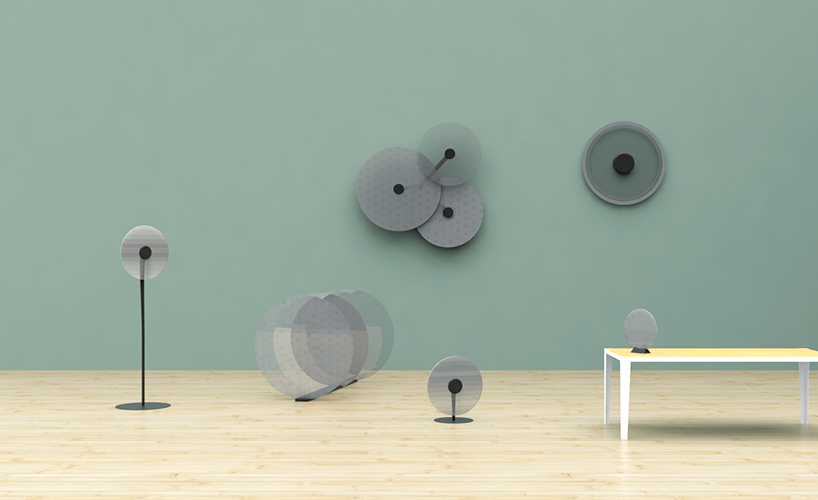
Transparent Yet Opaque - An Experiment With Polarized Lenses And Time by Jbmcnab from new zealand
designer's own words:
The idea of looking at time from a new measurement perspective has always fascinated me. A perspective that made me question how should we perceive time in the future and how precise should we be? Can we simplify the viewing of time further?
These simple questions lead me into the exploration of polarized lenses. Lenses that play on a fundamental element used to perceive time; light (take sundials or day and night for example). The importance here is that polarized lenses have the ability to manipulate light to control the state it is viewed -- either transparent or opaque -- by rotating the lenses 90 degrees from each other (see video). This phenomenon allows a unit of time to be visualised in a contrast between, light or dark, transparent and opaque.
There are many ways to communicate this phenomenon as a unit of time using radial movement, however, the execution is still to be defined and this is why Lexus can help bring this idea to life.
Overall Polarize Concepts #1 – Radial + Linear Movements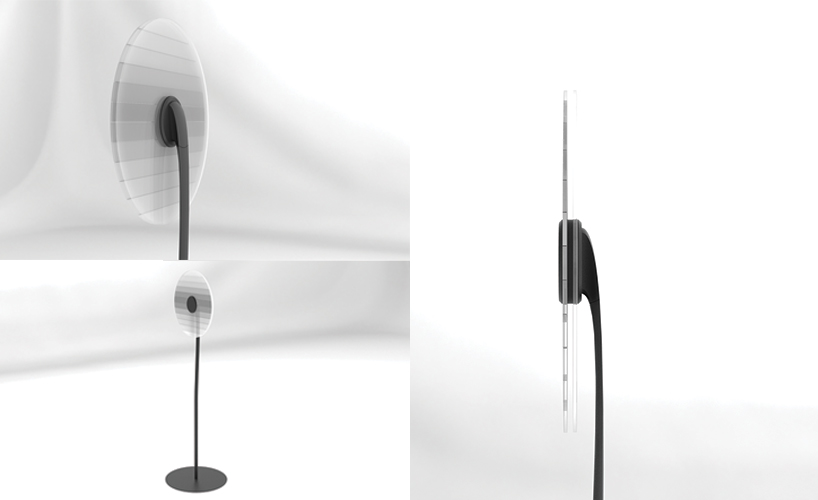
1 Unit of time – Floor Standing Clock
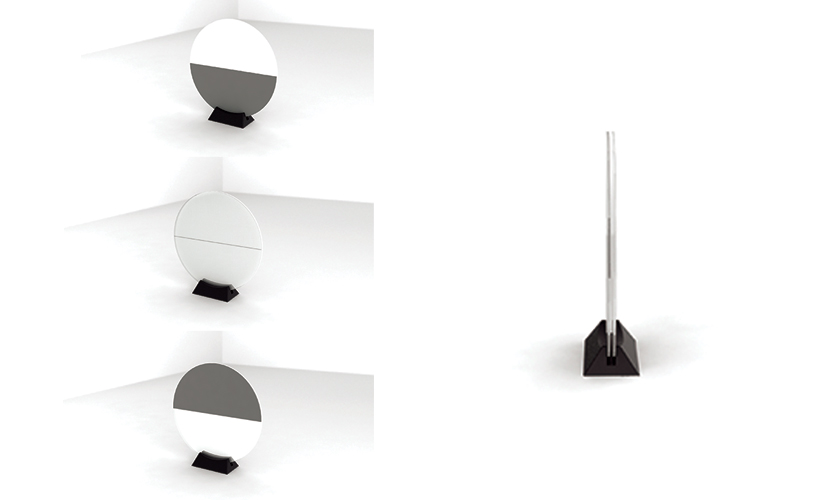
Day Or Night Desk Clock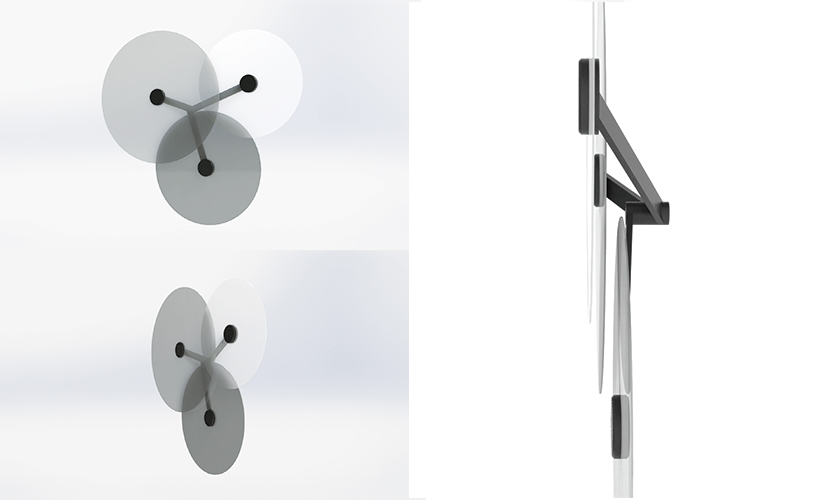
3 Units of time # 1 (Hour, Minute, Second) – Wall Mount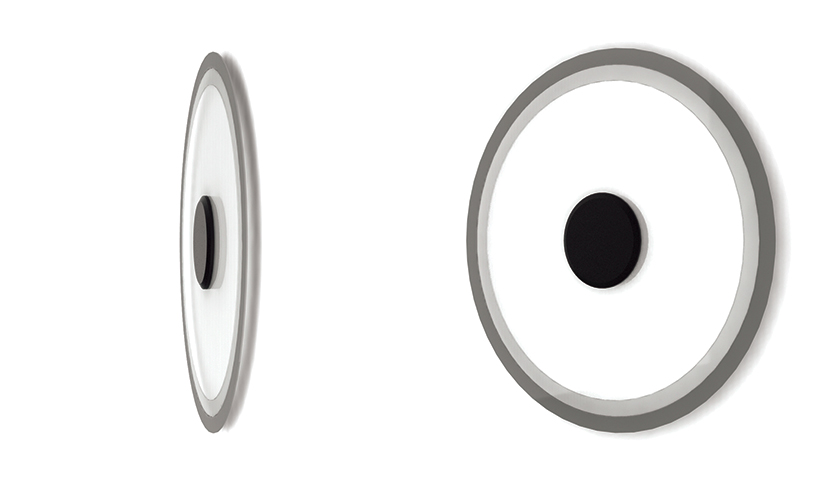
3 Units of time # 2 (Hour, Minute, Second) – Wall Mount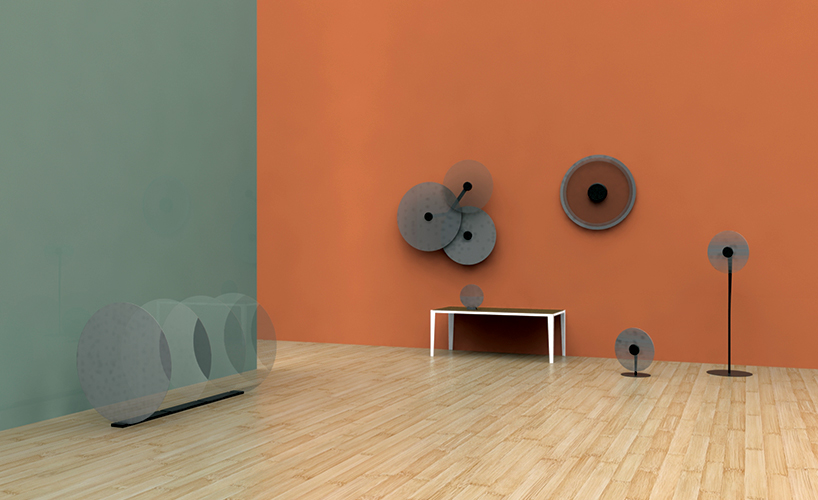
Overall Polarize Concepts #2 – Radial + Linear Movements